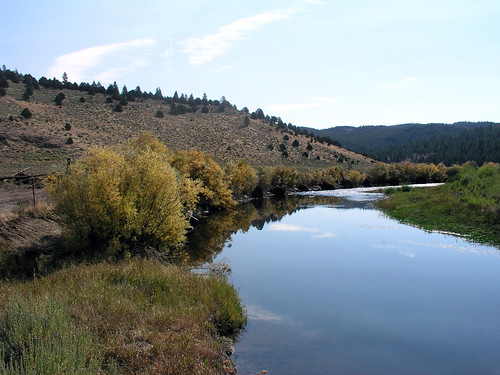
I am proud to announce that we exceeded our ecological restoration goals for Fiscal Year 2014. This was no small feat.
A lot of great people across the U.S. Forest Service worked hard to make it a reality. We did substantial homework and planning, and then based on that we made strategic investments across all agency programs to help us create resilient forests, grasslands and watersheds while sustaining communities. This work reduced the wildland fire threats to communities and firefighters and minimized the risk of forest pests and climate change, while supporting American jobs and rural economies. That is a fantastic combination.
The results of this hard work are nothing short of amazing. The projects we carried out lessened the threats to communities by reducing hazardous fuels on 1.7 million acres in the wildland urban interface, sustained or restored watershed conditions on 2.9 million acres and resulted in 2.8 billion board feet of timber volume sold. Impressively, we did all this despite simultaneously facing a government shutdown, as well as rising costs of fire-fighting that drain resources from our work across all program areas.
On a personal level, these accomplishments reflect how much members of our Forest Service community are committed to improving the forests and grasslands that have been entrusted to us by the American people. For these reasons, I could not be more proud of everyone who has come together to make restoration such a success in the past year.

The Forest Service did not do all of the heavy lifting alone. We also leveraged our partnerships to help meet our ecological restoration goals. Conservation groups, the forest industry, local communities, sportsmen and others assisted with monitoring of resource conditions and project implementation as part of our “adaptive management” concept. Some of the diverse programs, tools and activities used in this endeavor include the Collaborative Forest Landscape Restoration Program, Stewardship Contracting Authority, Integrated Resource Restoration tools, and 2014 Farm Bill provisions.
Although our budgets are flat to declining, our employees are embracing landscape scale analysis and adding capacity through partnerships, volunteers and collaboration. This is not about “doing more with less,” it is about building capacity by increasing social advocacy for our mission.

We are positioned to accelerate efforts to restore the health of forests, grasslands and watersheds, while reducing wildland fire threats to communities in the coming year – and we’ll have some assistance in doing it. Bi-partisan legislation supports our call for a change in how wildfire suppression is funded. This would free up more funding to improve the resiliency of forests and rangelands across all landscapes.
America’s natural resources are integral to the social, ecological and economic well-being of the nation, and each of our employees play a vital role in the care of natural resources for current and future generations.

